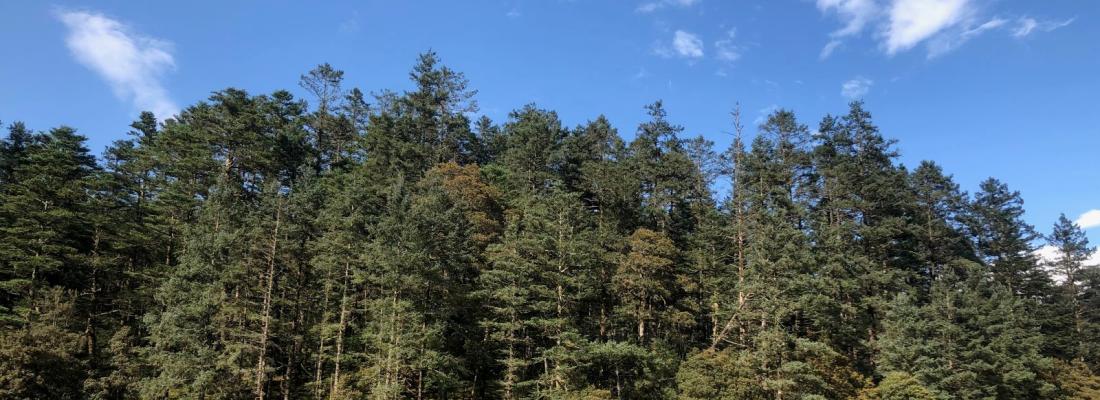Biodiversity Reading time 3 min
Fungi provide functional stability in forests
Published on 02 October 2023

Forest ecosystems host myriad organisms, including soil fungi. The latter play an essential role in tree growth, biogeochemical cycles, and carbon storage. Some fungi release enzymes that break down organic matter, while others form symbioses1 with trees, facilitating the acquisition of soil resources. Yet, we still have a poor grasp of the structural and functional mechanisms at work in these fungal communities.
Functional studies of soil fungi have long been hampered by several technical challenges, namely inadequate methodologies for extracting fungal genetic material from soils, the limited number of reference genomes for fungi, and the absence of dedicated informatics tools.
As part of an innovative international research programme, French and Chinese scientists developed new approaches to quantify gene expression in communities of soil fungi. The objective was to answer a fundamental question: "Who is doing what?"
They used their toolkit to explore the taxonomic and functional diversity of fungi in montane forests in China’s Yunnan Province. This research revealed that forest type (oak, fir, or spruce) had a strong influence on fungal community richness and composition. However, although the diversity of symbiotic fungi varied dramatically across forest type, these microorganisms often served remarkably similar functions. That said, there were some species-specific tasks, such as organic matter decomposition and nutrient absorption.
In short, communities of soil fungi display pronounced redundancy when it comes to growth-related tasks. There are also more specialized tasks, which certain fungi tackle using specific molecular tool sets.
Overall, this research has generated previously lacking instruments for linking genetic and functional information in soil fungi. It is now possible to conduct in-depth research on the interactions among different forest types, fungal communities, soil characteristics, and environmental features.
Such approaches can also be employed to examine how global phenomena, such as climate change and deforestation, are affecting the functional ecology of soil microorganisms.
Analyzing the invisible
In their study, the scientists used a sequential approach. First, they employed a high-throughput technique to analyze short DNA sequences obtained from soil fungi, allowing different species to be identified. Next, they looked at gene expression patterns—gene activation and function—via RNA analysis. Fungal reference genomes were used to determine the source of any given RNA sequence. Finally, the researchers developed a suite of computational tools and methods (i.e., a bioinformatics pipeline) to process and analyze the data obtained in the steps described above.
1A biological interaction in which individuals of two different species cohabitate in such a way as to yield shared benefits, such as protection, reliable food supplies, or other essential resources.
Zeng, Q., Lebreton, A., Auer, L. et al. Stable functional structure despite high taxonomic variability across fungal communities in soils of old-growth montane forests. Microbiome 11, 217 (2023). https://doi.org/10.1186/s40168-023-01650-7
